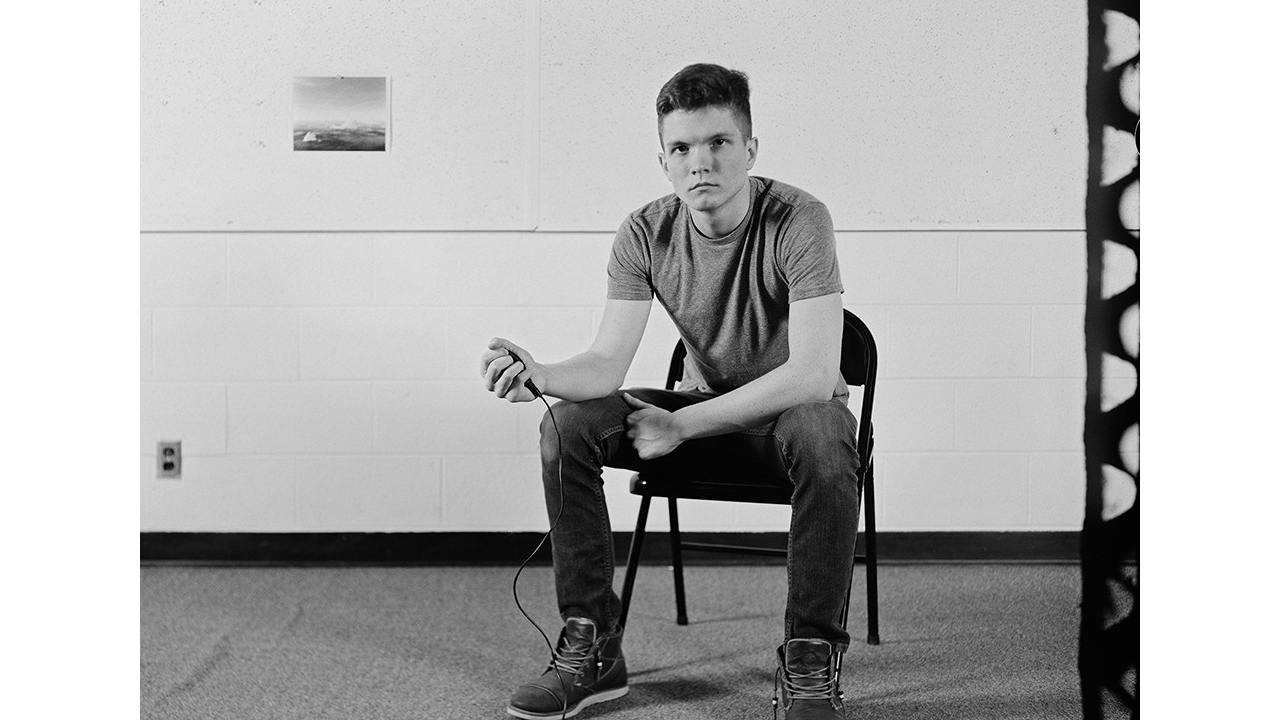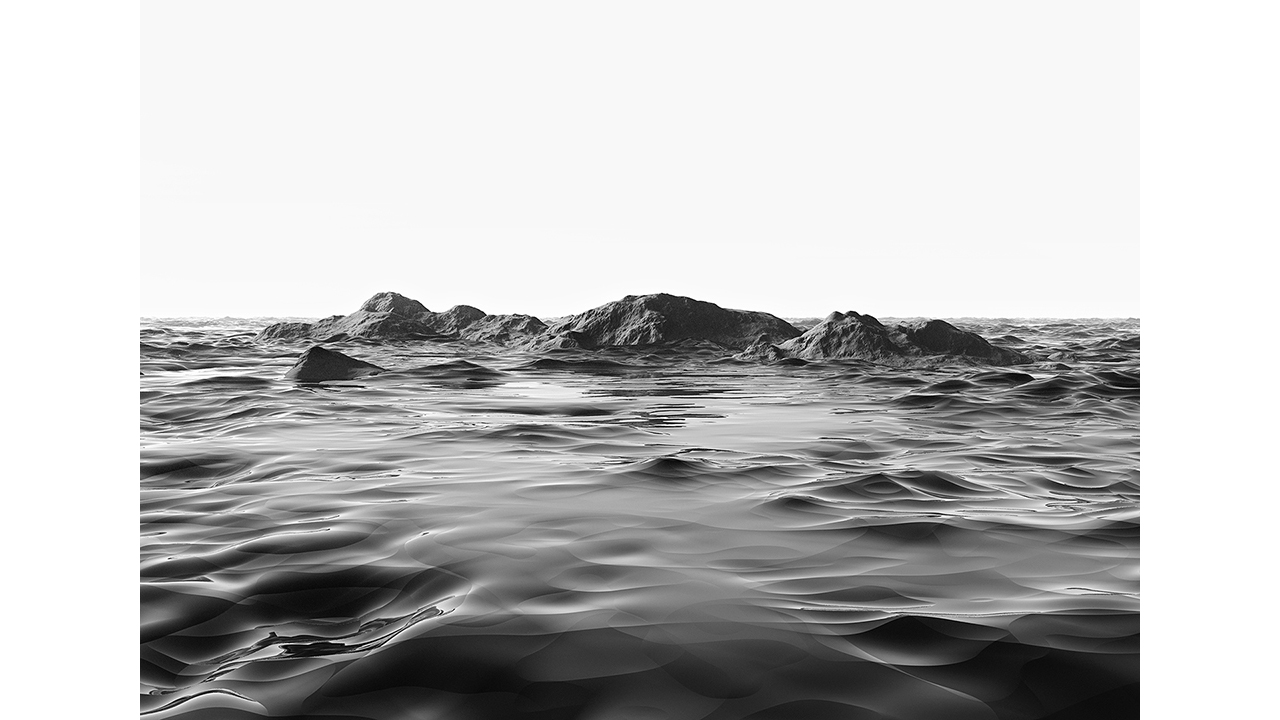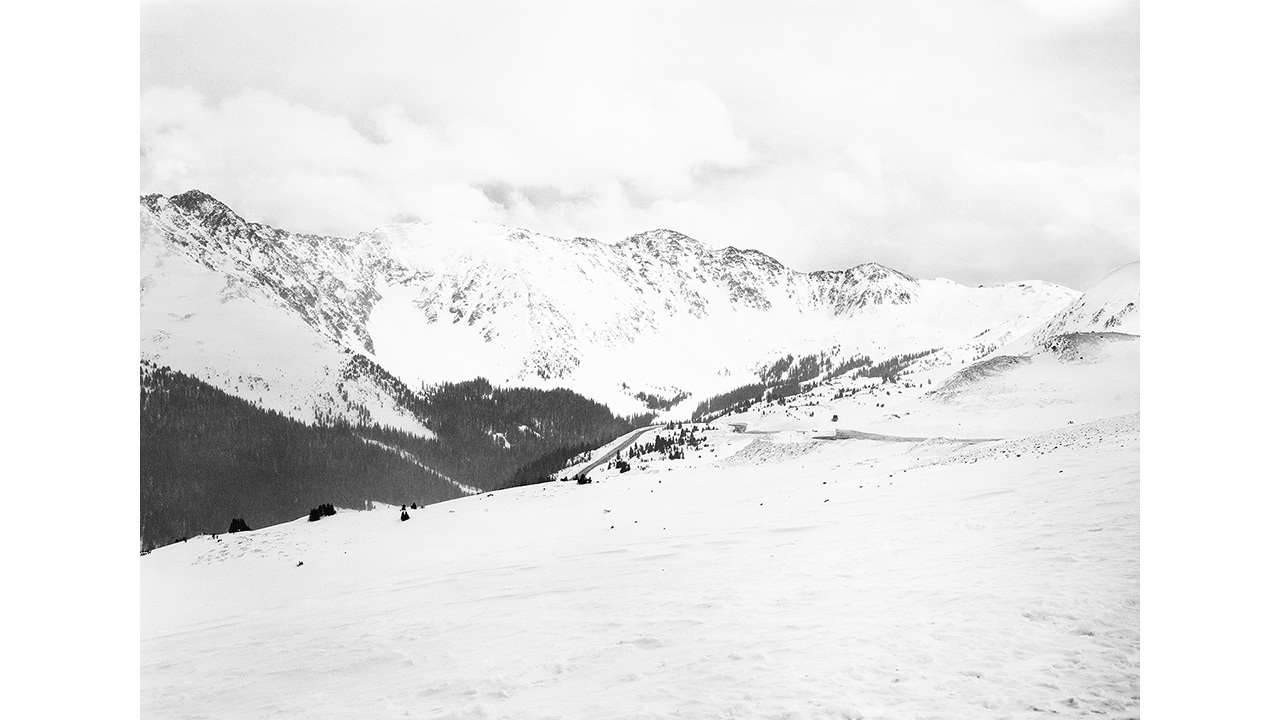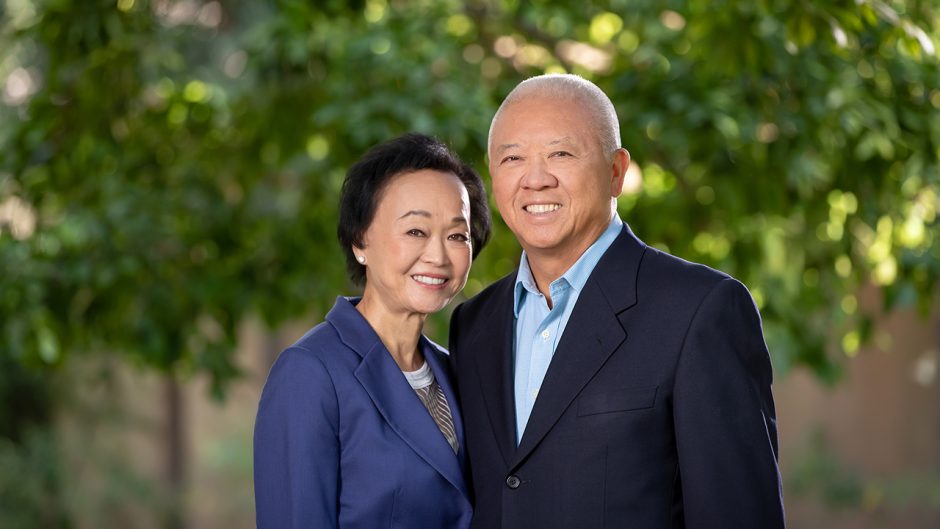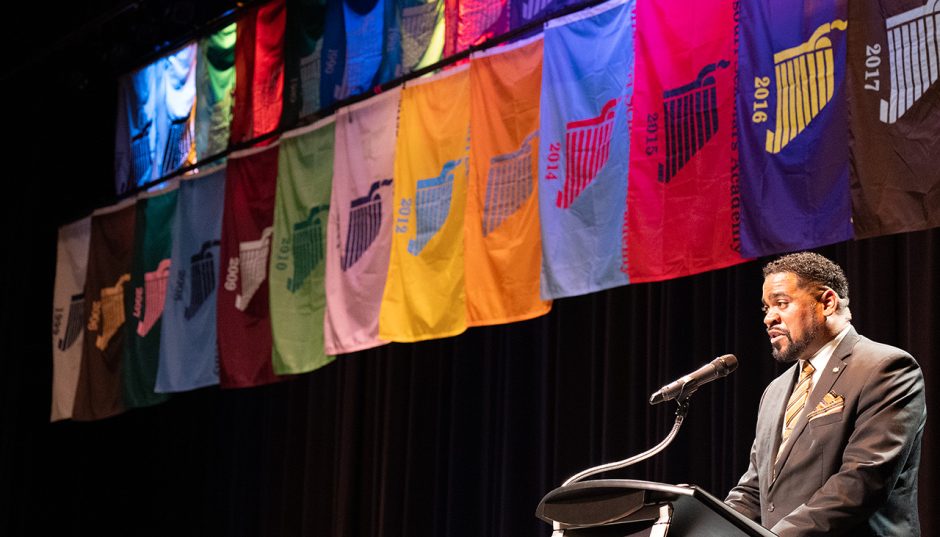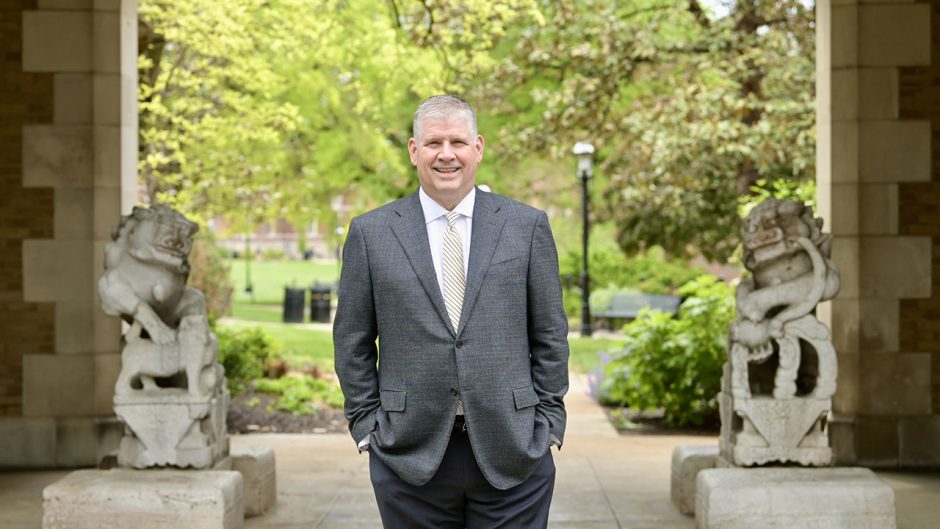April 19, 2022
Contact: Sara Diedrich, 573-882-3243, diedrichs@missouri.edu
When Drew Nikonowicz was a visual studies student at the University of Missouri, he practically lived at the photography lab. The emerging photographer was so devoted to his craft that he took every photo class possible, worked late hours as a lab monitor, and at one point even rented the apartment across the street from the photo lab.
His commitment paid off.
Today, Nikonowicz, who graduated with a bachelor of fine arts in 2016, is an internationally recognized photographer, published author and business owner in his hometown of St. Louis. His work has been displayed in galleries in New York, San Francisco, France and Italy and received accolades from prestigious photography institutions such as Aperture and Lenscratch. Nikonowicz also is the photography technician at the Sam Fox School of Design and Visual Arts at Washington University in St. Louis, and he was recently accepted into the graduate program at the University of Arkansas School of Art.
Coming into focus
Nikonowicz’s relationship with photography began with a simple point-and-shoot camera that his family owned. Eventually, he convinced his parents to buy him his own camera, and he hit the ground running.
“By the time I went to college, I had made thousands of photos,” Nikonowicz said. “I got every ounce out of that camera, until I photographed it into the ground.”
When Nikonowicz arrived at Mizzou in 2012, he had a few years of photography under his belt. But it didn’t take long for Nikonowicz to expand his skills at MU, where his first two photography classes exposed him to new way of taking pictures.
“It was like I was building this cache of dynamite in high school,” Nikonowicz said. “And then when I got to college, my professors lit it on fire.”
A box with a hole
Nikonowicz credits Joe Johnson, a professor of photography in the School of Visual Studies, for his explosion of creativity.
Johnson teaches an intermediate photo course where students are introduced to large format film photography. He first designed the course in 2012 with the goal of teaching students a different way of making images, one that contrasts the modern landscape of digital photography.
“I felt a film photography course at a time when the primary way photographs are acquired is by digital means would expose students to a different level of commitment to an individual image,” Johnson said. “There is an investment required in making even a single 4-by-5-inch picture — the artist is responsible for every aspect of its existence.”
Large format cameras use pieces of 4-by-5- or 8-by-10-inch film and don’t involve the technology essential to most modern digital cameras. There are no batteries, no electronic components and no mirror. The design is no more complex than a box with a hole.
The simplistic design of a large format camera results in a shooting process that is much slower — and much more involved for the photographer. The focus, exposure and composition are details that digital photographers decide in seconds. Large format photographers, however, must methodically and manually construct their images.
“With a normal camera, everything sort of happens in one stream of consciousness,” Nikonowicz said. “With large format, however, there are these series of stops along the way before you take a photograph, and it sort of deconstructs the process of making an image.”
Though not every student continues with large format after the intermediate course, the experience of this slowed down, highly involved process of making an image can further most any photographer’s skills.
“I think that after a semester of making pictures with an empty box, a lens and a piece of ground glass, a photographer returns to their primary tools with a different sense of purpose,” Johnson said.
Nikonowicz, who was in the trial run of Johnson’s intermediate film class, says the experience made him a more intentional artist.
“Now, I’m always considering the framing, composition and edges of an image,” Nikonowicz said. “I think you can really see the difference between a photograph that has a lot of intention, and a photo that just kind of got made.”
In 2015, a year before graduating, Nikonowicz received the Aperture Portfolio Prize and the Lenscratch Student Prize. In 2017, he completed a one-year residency at Fabrica Research Centre in Italy.
Entrepreneurial spirit
After falling in love with the world of large format photography at Mizzou, Nikonowicz knew he had to have a large format camera of his own. The only problem: large format cameras can cost between $1,000 and $4,000.

Students enrolled in the intermediate photography course at Mizzou receive a large format camera, tripod, film holders, a light meter, a loupe, a focusing hood, and a changing bag to use during the semester.
“I knew I probably wasn’t going to be able to afford a large format camera when I finished school,” Nikonowicz said. “I needed at least something to be able to continue making images I loved.”
Not long after, a friend jokingly suggested Nikonowicz use his newly purchased 3D printer to make a large format camera. Turns out, the odd proposal was the spark behind the idea for Nikonowicz’s company — Standard Cameras, which he runs with his business partner, India Ivy, who also is a Mizzou alumna.
Using a 3D printer, Nikonowicz creates fully functional large format cameras. In addition to selling fully assembled cameras, Nikonowicz also sells DIY assembly kits and the full 3D printing instructions so customers can build their own camera.
To top it off, Nikonowicz’s 3D printed cameras are less than $400, a fraction of the cost of typical large format cameras, offering more artists the opportunity to experiment with this traditionally expensive medium.
“The thing that has always been important to me is having an affordable solution for the people who need it,” Nikonowicz said. “I just want to do something good for the photo community.”
In 2019, only three years after graduating, Nikonowicz published his first photobook entitled “This World and Others Like It.” His book received a Jurors’ Special Mention at the 2019 Paris Photo/Aperture Foundation Photobook Awards, a competition that highlights photography books from around the world.
The book contains images taken over four years, in part during his time as a student at MU and speaks to Nikonowicz’s love of exploration. From landscapes and nature scenes to mountain ranges made from ice cubes and crumpled paper, his book records worlds both real and imagined.
“I’ve always really liked exploring physical and virtual worlds, like through hiking or playing a video game,” Nikonowicz said. “For this book I was doing everything from going on hikes and making images to going to the library section where NASA keeps all its publications and photographing them.”
Lasting impression
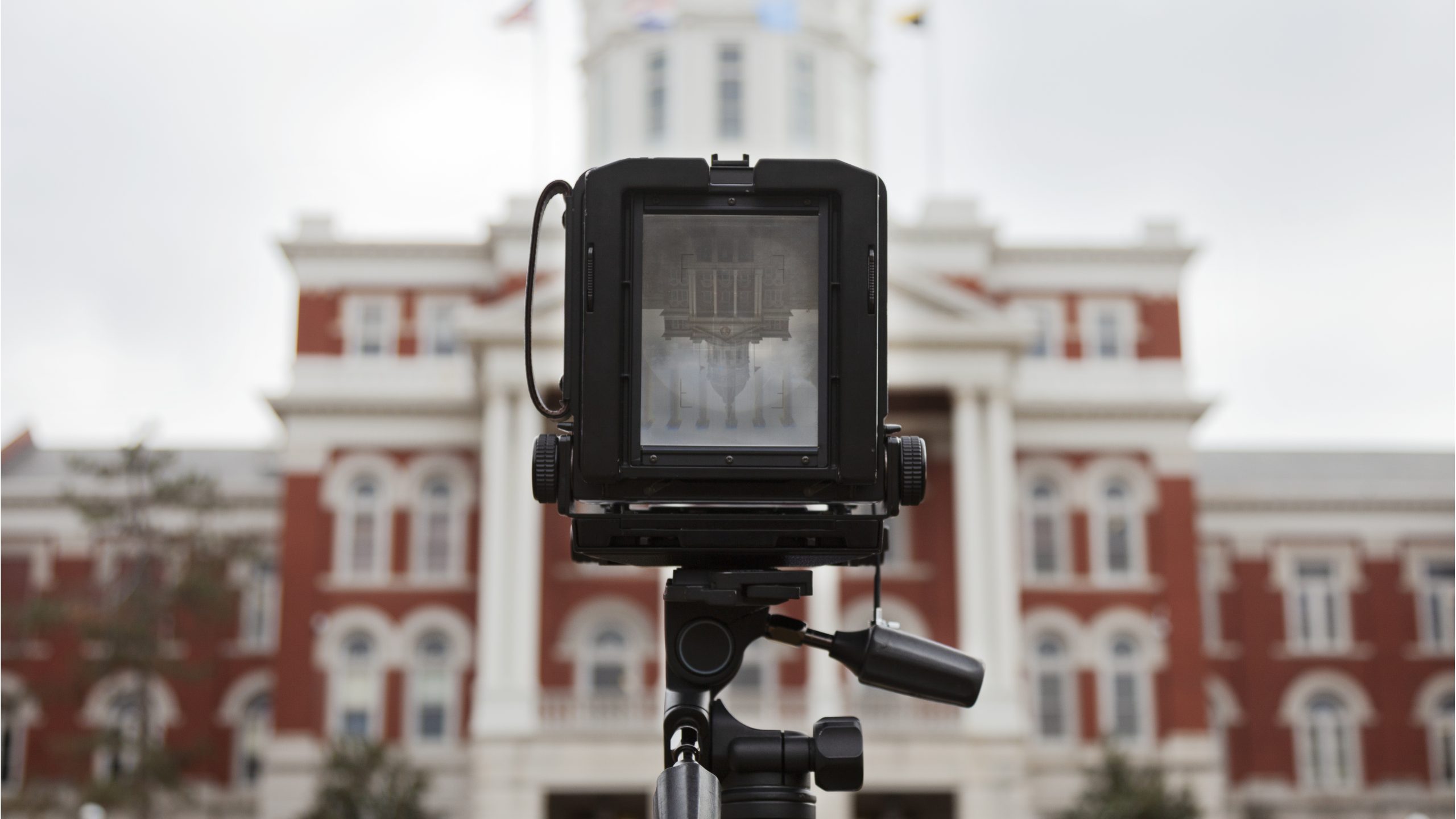
When light passes through an aperture, or a hole, it creates an image that is backwards and reverse — this is what you see when looking through a large format camera. In fact, this is the way the human eye sees the world before our brain corrects the image.
Yet despite all the worlds that Nikonowicz has explored with his camera, the one that truly left a lasting impact was at Mizzou.
“I can’t say enough good things,” he said. “Joe Johnson, the other professors and the students have cultivated a sense of community and collaboration. It truly felt like home.”


